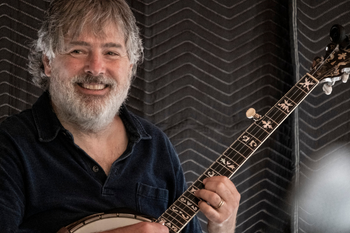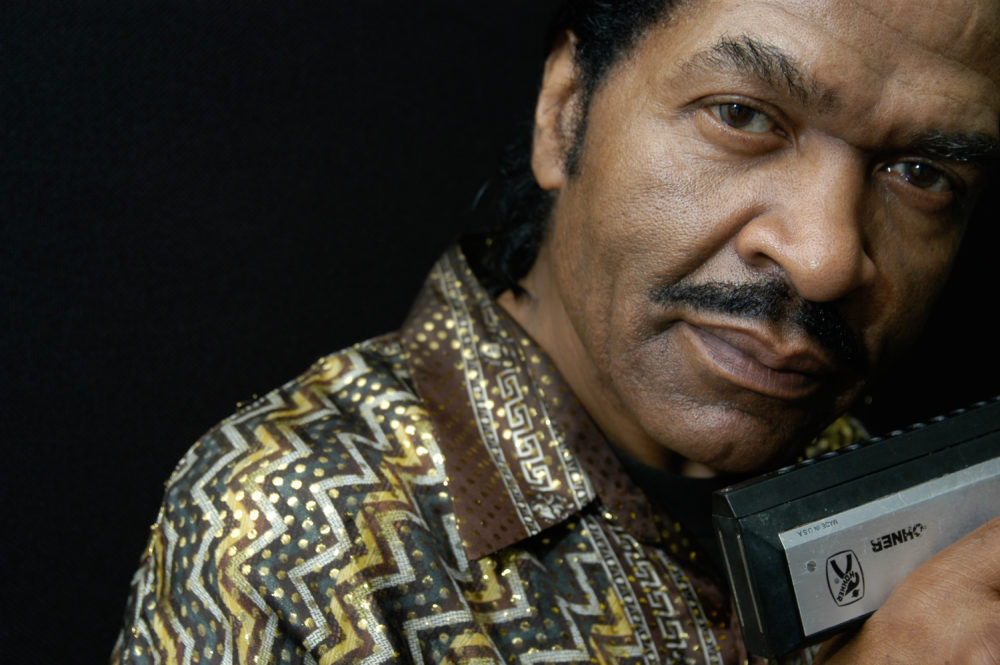
Looking back at the last 50 years, you’d be hard-pressed to say the world has gotten a lot more harmonious since then — not figuratively, in the geopolitical sphere, and certainly not literally, in a popular music world that’s become a slave to the rhythm, and to singers’ disinterest in sharing a mic, much less a spotlight. But you can’t fault the Manhattan Transfer for not doing their part — and just about everyone else’s, too — to keep the spirit of harmony alive ever since the group formed in 1972.
At their modern-day shows, attendees may not know whether to weep or to literally get a buzz on from the actual physiological oscillation produced by four master voices meticulously coming together. (A combination of both responses is, of course, allowable.)
“Getting a little philosophical here,” says Transfer co-founder Alan Paul, “we live in a very dis-harmonic world. There’s a lot of clashing that’s going on, and when things harmonize together, people, when they hear it, it affects them.” Agrees Janis Siegel, the other member with a 50-year pedigree: “The sound of harmony always did something to me, viscerally. It released endorphins. The sound of voices singing in harmony provides a vibration that does that to most people — it’s a physical fact, I think.”
But what were the odds of endorphins overcoming ego, and personal harmony trumping any collective’s inevitable obsolescence, to keep a group like the Manhattan Transfer together and thriving for a half-century? As Cheryl Bentyne (the “new girl,” who’s only been in the group for 45 years) says: “It’s a ridiculous milestone!”



